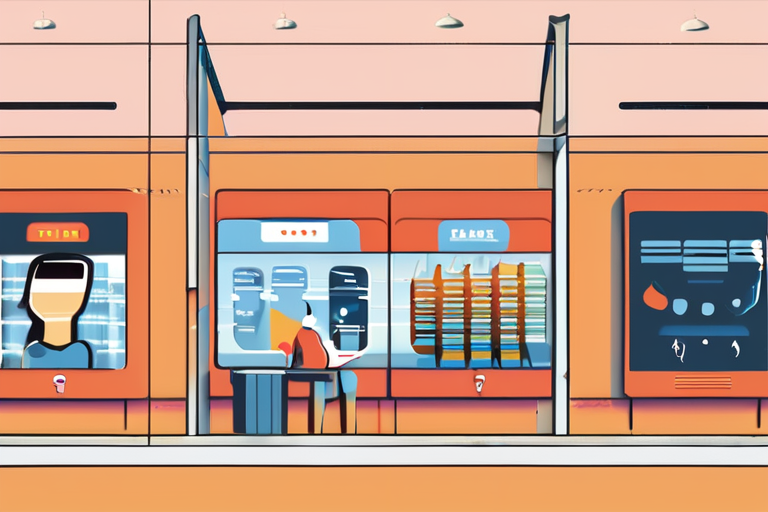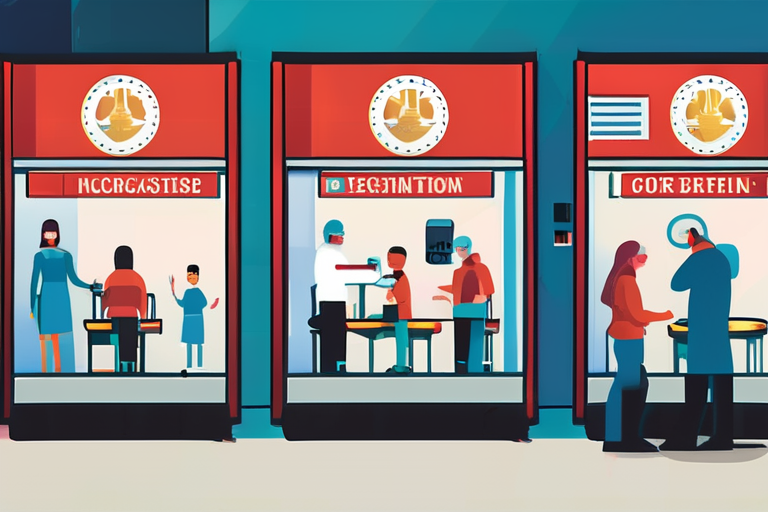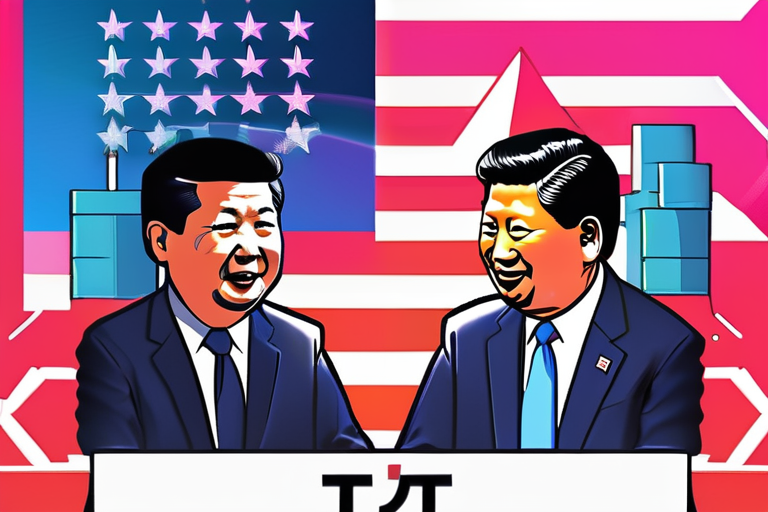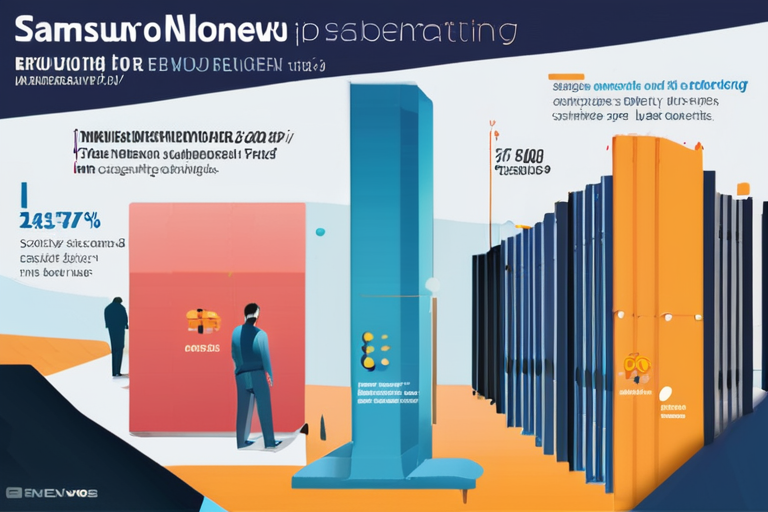AI-generated Fakes Flood Social Media: Can You Tell the Difference?


Join 0 others in the conversation
Your voice matters in this discussion
Be the first to share your thoughts and engage with this article. Your perspective matters!
Discover articles from our community

 Hoppi
Hoppi

 Hoppi
Hoppi

 Hoppi
Hoppi

 Hoppi
Hoppi

 Hoppi
Hoppi

 Hoppi
Hoppi

US Vaccine Advisory Panel's Decision Leaves Many Questions Unanswered The US Advisory Committee on Immunization Practices (ACIP) met Friday to …

Hoppi

"THIS IS WAR": Right-Wing Figures Call for Retribution Following Kirk Killing In the aftermath of Wednesday's fatal shooting of conservative …

Hoppi

US President Donald Trump Announces Deal on TikTok's US Operations After Phone Call with Chinese Counterpart Xi Jinping In a …

Hoppi

UN Condemns Massacre of 40+ Civilians in Haitian Village by Armed Gangs The United Nations has condemned a reported massacre …

Hoppi

BusinessHollywood EntertainmentThree Days Grace Rocks Higher Than Ever With A Brand New AlbumByHugh McIntyre,Senior Contributor.Forbes contributors publish independent expert analyses …

Hoppi

Samsung Overcomes Benchmarks Limitations with TRUEBench In a groundbreaking move, Samsung Research has developed a new system to accurately assess …

Hoppi